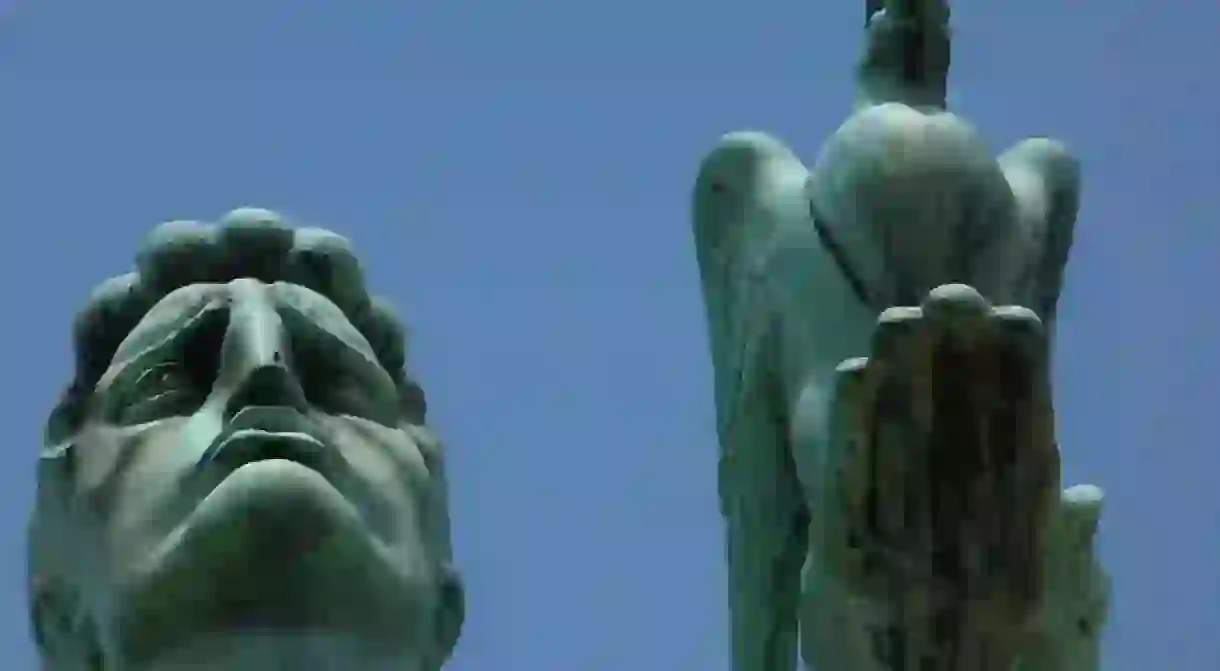A History of Serbia and World War One

World War I is known as the ‘Great War’, and with good reason. The four-year conflict drew in nations from all over the world, and saw the empires of the world crumble in its wake. The war itself began in Serbia, and it left a terrible mark on Belgrade and the rest.
The inevitability of war
World War I began with Austria-Hungary declaring war on Serbia. The Habsburg Empire had desperately been looking for a reason to do so for years, feeling that the Serbs were a little too active in the business of Bosnia and Herzegovina, the Germanic empire’s newest provinces. There was also the tantalising carrot of expanding into the east, into the territories lost by the rapidly decaying Ottoman Empire.
Serbia’s army was experienced but utterly exhausted, having fought two Balkan Wars in as many years. The last thing it wanted was war, so the Serbs did everything in their power to avoid conflict with Austria. Then Gavrilo Princip shot Franz Ferdinand in Sarajevo, and the Austrians had their pretext. War was as good as inevitable.
Austria sent Serbia a list of 10 ultimatums, although the demands were intentionally made to be completely unacceptable. This was more for appearances than anything else, and the realisation that Russia wasn’t going to come to the aid of Serbia brought war ever nearer. On July 28, 1914, the war began as bombs fell on Dorćol and Savamala in Belgrade.

Back and forth in the early going
Despite being vastly outnumbered by the Austrian Army and having significantly less weaponry, the Serbs more than held their own. The experience and commitment of its army helped no end, but the relative discord within the Habsburg forces was just as much a factor. The imperial army was largely made up of disillusioned minorities, Czechs, Slovaks, Slovenes and others who sympathised with the Serbs as much as they respected the crown.
Commitment can only take you so far however, and the lack of finance and equipment soon caught up on the Serbs. The poor soldiers weren’t even issued boots, and even the best soldiers would struggle to make it through the winter without them. A terrible typhus epidemic raged through Serbia during that first winter too, and the casualties were huge.

The Great Retreat
The pressure eased somewhat through 1915, and every new entrant into the war saw the pressure on Serbia lessened. This changed when Bulgaria entered the war, and Serbia suddenly found itself surrounded by enemies. Belgrade fell again in October 1915, as the Bulgarians made their way into Niš and Kosovo. All looked lost for the Serbs, so the decision was made to retreat through the mountains of Montenegro and Albania in the hope of making it to Greece, the nearest stronghold of Serbia’s allies.
The weather was horrific and the roads were non-existent, but hundreds of thousands of Serb civilians still believed they had a better chance of survival by joining the army on this arduous march through the mountains. Some 240,000 retreating Serbs perished during the march, with the weather, starvation, disease and attack the reasons. 155,000 made it to Corfu, but thousands died in hospitals over the weeks that followed.

The final stretch and the aftermath
The Great Retreat was the last real act of the Serbian Army in World War I. The troops returned to combat in late 1916, but they were almost entirely reliant on stronger allies. Serbia was liberated just two weeks before the end of the war, and was rewarded for its sacrifice with a strong position in the subsequent Kingdom of Serbs, Croats and Slovenes, which would transform into Yugoslavia in 1929.
All this meant little to the masses of individuals who died or lost loved ones during the war. More than 150,000 died from the 1914 typhus epidemic alone, and some 650,000 civilians died during the years of World War I. 58% of the Serbian Army also perished. In total, 25% of the total Serbian population died during the war, a scary statistic in itself but one that is dwarfed by the horror of the fact that 57% of the entire male population passed away. These numbers are the highest per capita of any country in World War I.














